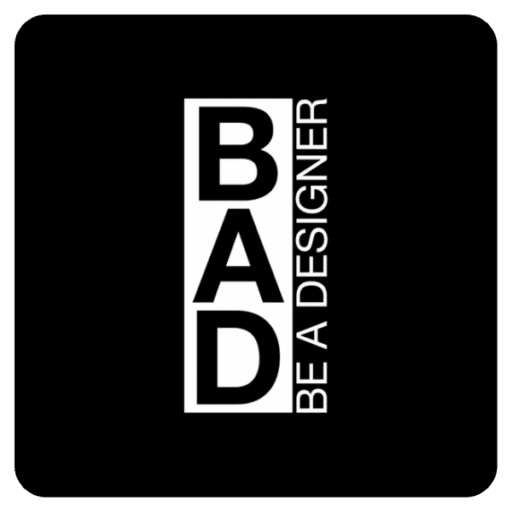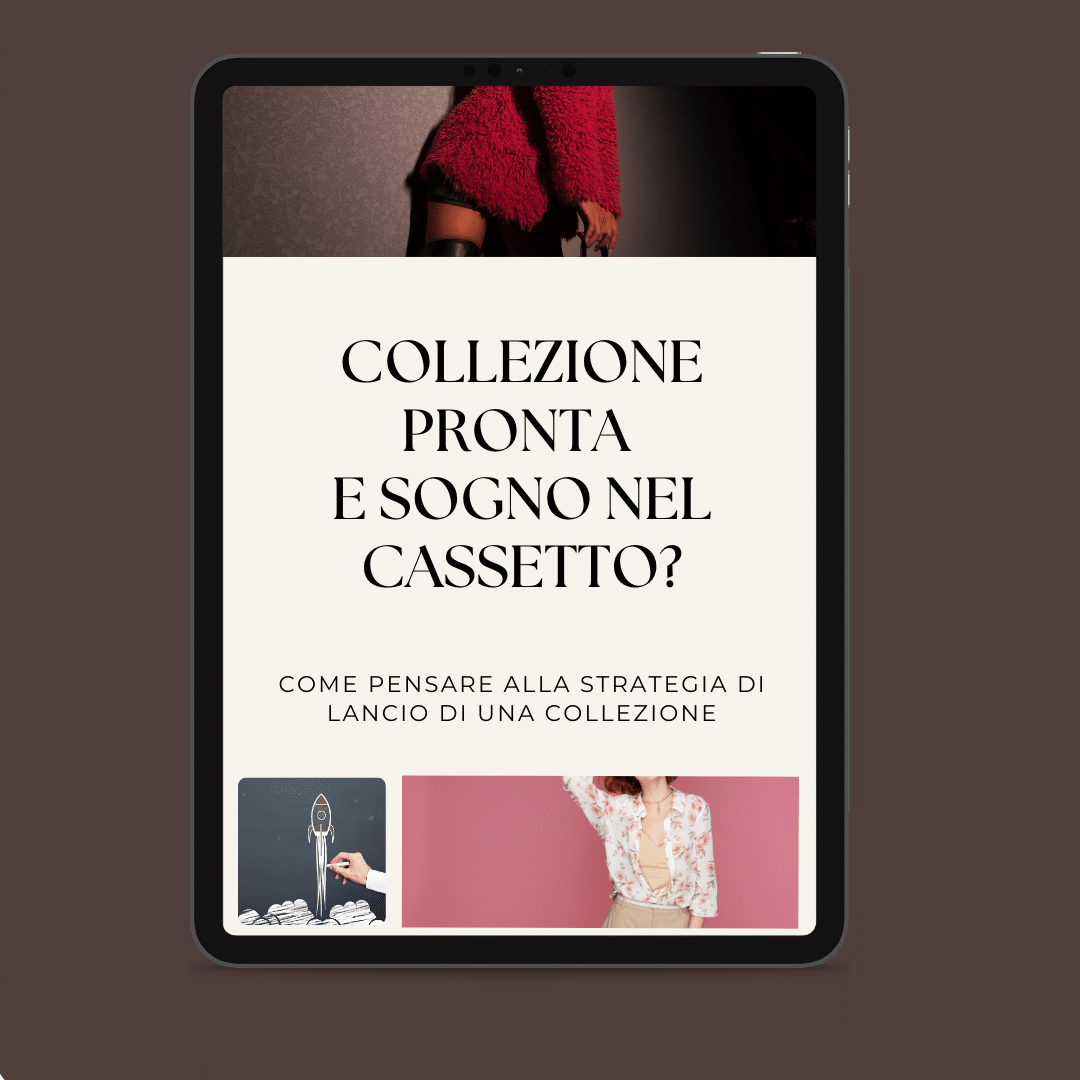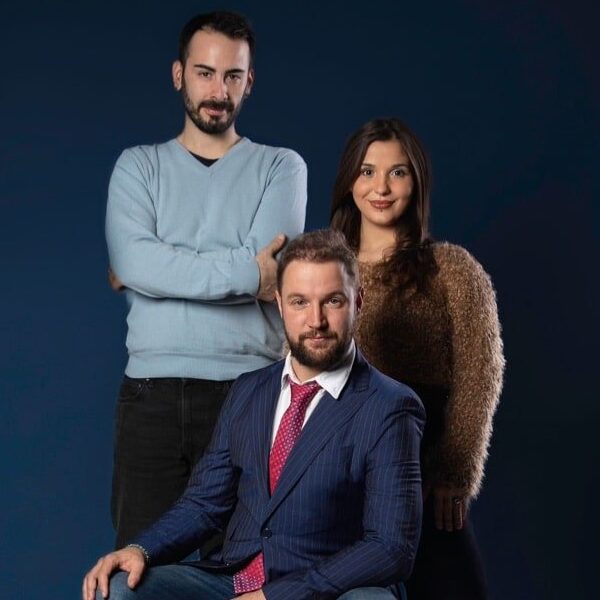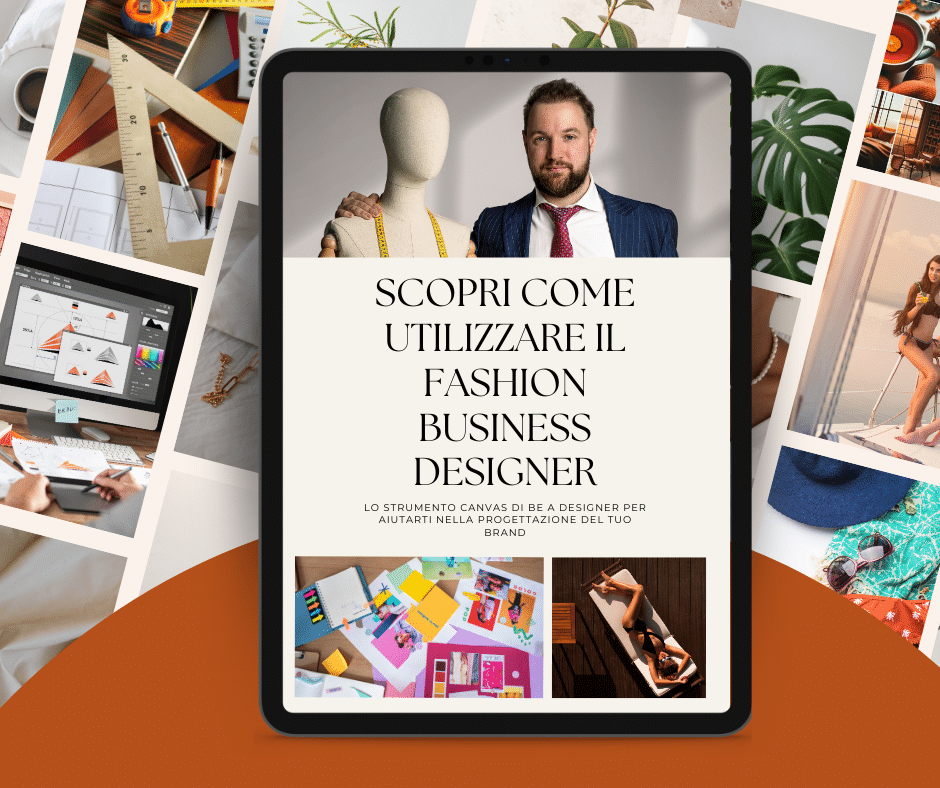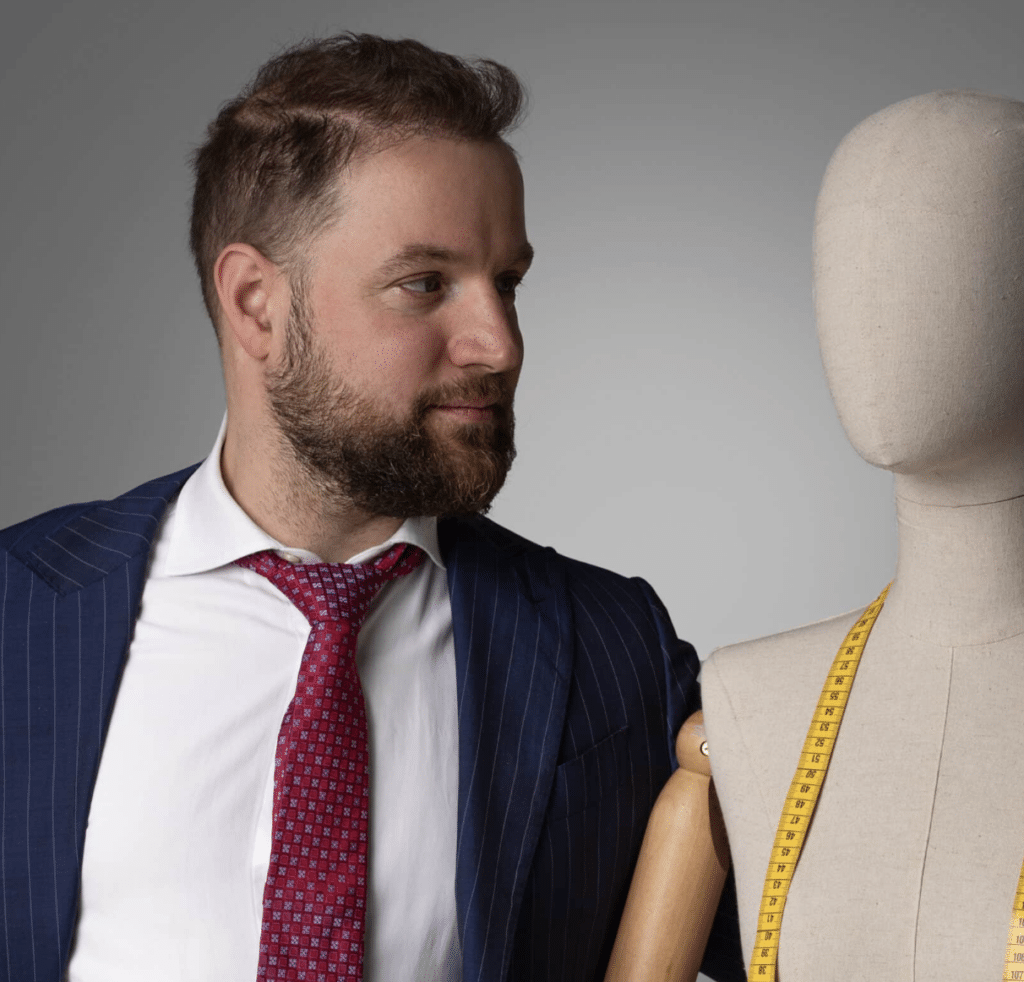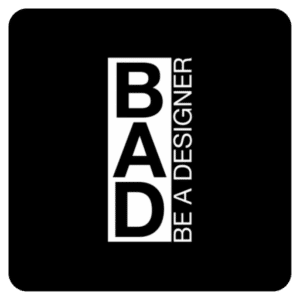CONTENT MARKETING FASHION INDUSTRY
Fashion Start-Up from dream in the drawer to project
Collection ready and Brand in the head? Tips on how to start your own Startup.
There comes a point in the life of every creative person or designer where they decide to put themselves on the line.
It doesn't matter if it happens immediately after finishing fashion school or the academy or after a whole (working) life spent designing and designing clothes for others. There comes a time when you find yourself at a crossroads and ask yourself: Does it make sense to create something of your own? There is already too much competition? Is it better to continue doing what I am doing without disrupting my life, or not?
There are various levels at which one can experience fashion and be part of it, creating something of one's own for the first time is certainly the one that brings us closest to ?living the dream? not so much as a user or buyer of a garment but as a creator. This is why it is so important to give yourself time to move from the mentality of technical? [e.g. you are a tailor or pattern maker and you have always done that]. to an entrepreneurial mindset.
Of course we would all love to be just the creative director of our brand, taking care only of the aesthetics and design of our products while magically someone else sells and distributes them for us. Unfortunately, this perspective would be deceptive and unrealistic.
I think by now, in 2021let it be clear to everyone that making Fashion professionally does not only mean creating the collection, it means taking care of the overall aspect of a process from design to distribution.
Therefore, once the product idea is defined, it is necessary to think about the container, the brand, and how we will reach our market.
In this article I have tried to encapsulate ideas and tips for those who want to create their own brand or collection.

?? We are the fruit of our dreams, and the difference between dream and reality is only dictated by work?
THE SIX I'S TO TURN YOUR IDEA INTO A PROJECT:
I wanted to identify some basic points that should guide you when you decide (or think) about creating something of your own.
1) INITIATIVE: When to take the initiative?
When is the right time to set off and turn our ideas into something concrete? There really is no right or wrong on this, when you feel ready you have to launch yourself and believe in it a lot because it will be an uphill journey with many difficulties but it will also bring you a lot of satisfaction.
From the moment you decide to start, keep in mind that you will need at least 6 months up to a year to have everything ready for a launch. It's not just a matter of making clothes but of building a small ecosystem where we can set up our products and bring them together with our potential customers.
If we do not take the time to design our customer's journey from the discovery that we exist to the moment they buy we risk designing things that nobody wants or that nobody is willing to buy. So keep in mind that 6 months to a year to get started.
2) IDEA: What do we want to achieve?
Without an idea, we would not be creators and it is an idea that brings you here to read this article at this very moment, we probably have more than one and that is why we must take time to choose carefully.
Most of the people I meet among students and customers come to me the first time with a product idea. The product itself is irrelevant if we do not think about the context around it. What is the difference between clothing and fashion? Between an outfit costing hundreds of euros and one costing a few dozen? The product? The quality?
These are all subjective things that derive from our subjective experience. What determines value or rather our perception of value is precisely the context.
The context on which we can work and start building is our 'container' our brand. The second context is our audience and our target market because in order to sell something we have to relate to our customers and their expectations. This is why our idea must fit into a precise context.
3) INTELLIGENCE: Who will our customers be? What will our market be?
Once we have identified our idea, we need to investigate who our future customers might be. In fact, we cannot proceed with realising something without first understanding who our proposal will be for and who it will not be for. There is no such thing as a one-size-fits-all brand, we are interested in finding out who our 'early adopters' might be, i.e. our first customers, who might immediately be intrigued by what we are doing.
To create products that appeal and above all sell, we must do everything to meet the expectations of our potential buyers. The whole phase of creating a collection will take these specific requirements into account, for example by using specific materials (think of fine fabrics and noble fibres versus regenerated and recycled fabrics) and specific pattern making.
Let us always remember that in order to start without risking going 'over the top', we must start small. That is why every design choice we make must be considered on a strategic basis. Take time to analyse your target market and your future customers.
You see what they wear, what brands they prefer, how much and when on a timeline they are willing to spend, where they shop, what are the 'hot topics' that excite and engage them socially.
Being able to profile your potential customers will be of great help when you later have to design advertising campaigns, choose which social media channels to monitor, and to adjust your tone of communication every time you talk to them about your brand.
4) INVESTMENT: How much does it cost to get started?
You have to make an honest assessment of how much you can invest to start with and how much you can invest over time from the launch until you come back into costs with the first sales. You can start with almost every budget Obviously, the less budget you have, the less you will have to realise and perhaps make more variations. A collection project starts from 3000? to 15000? to which you have to add an annual budget for internet campaigns or to develop distribution channels.
Creating a collection is only one cost item e.g. if you have 10000? budget to start with, the wisest thing to do would be to use 4000? for the development of the collection and 6000? for the creation of your marketing system, photo shoots and all the other activities you need to reach the market.
Remember that you don't become famous with just one release so it is better to split the budget by planning two or more releases from the outset, creating a brand takes time and money
5) ITEMS : Our products
How extensive your collection will be and what elements will go into it is directly proportional to how much you will have invested, each of your garments must represent the spirit of your brand and have many details that will lead you over time to develop your own stylistic code that can become iconic.
Each garment must look good and be harmonious with the others in your collection but at the same time make sense on its own. We always think about being in a shop with other brands and seeing our garment hanging there: is it recognisable? does it stand out from the others?
6) INDUSTRY: How to start a business?
Many times people underestimate ?opening an online shop? trying to sell? but what is certain is that we need a bigger vision. We need to lay the foundations to create a real business and start putting all the ideas, investments and expenses on a bigger plan! This is why, if we do not already have our own business, we need to consider what tax regime to adopt and discuss this with our accountant. In this regard I recommend this article : Start-up Which Tax Regime to Choose
Do you have a project in mind and would like to discuss it with me? Book now 15-minute free consultation
by clicking on the button below:
